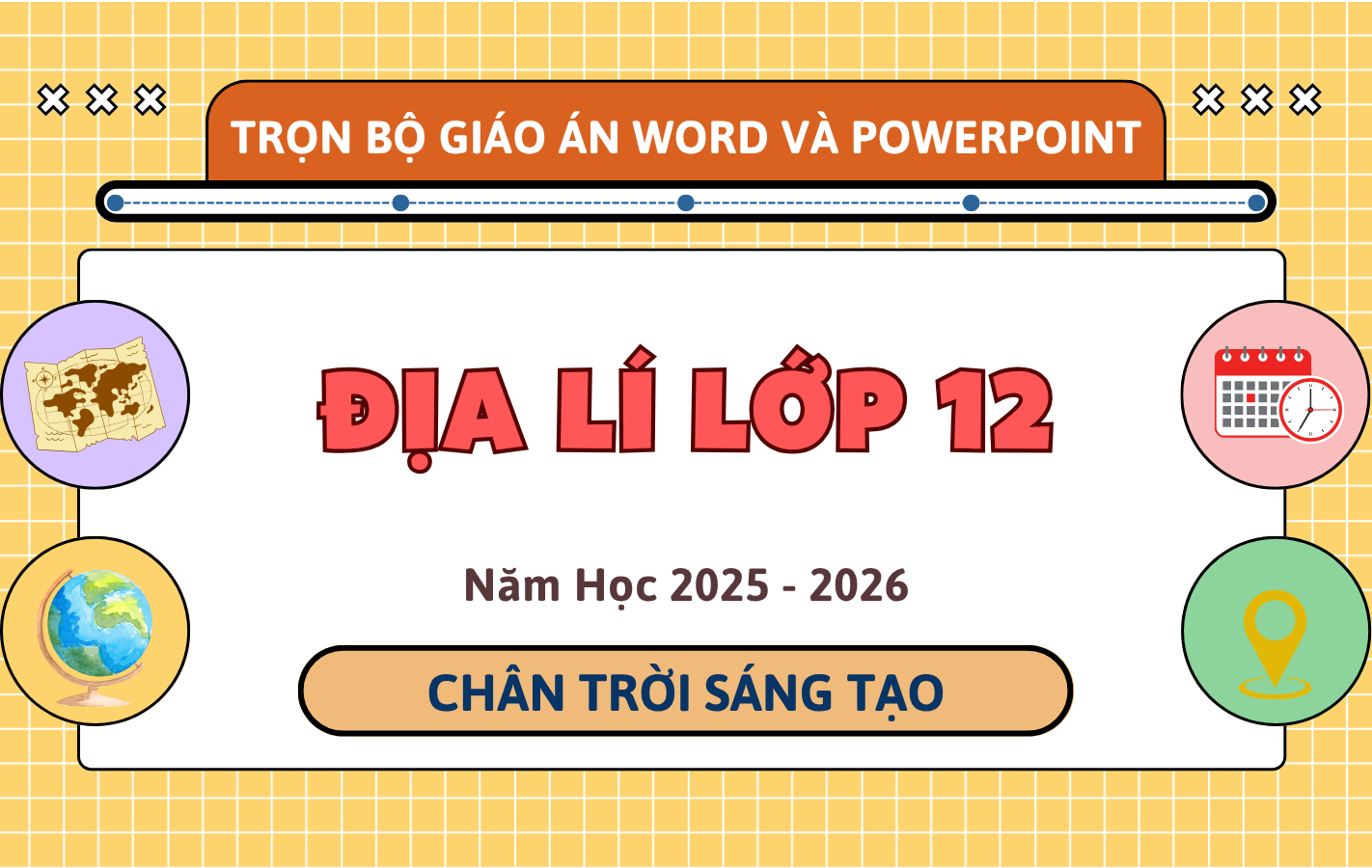Câu hỏi:
Read the following passage and mark the letter A, B, C, or D on your answer sheet to indicate the correct answer.
Why are we always pointing to Instagram as the cause of mental illness in our teenagers? It’s frustrating that abusive relationships, and the trauma they cause, are rarely mentioned in discussions about the prevalence of mental health problems in young people. Research by Women’s Aid and Cosmopolitan has found that a third of teenage girls have been in an abusive relationship. And, if that isn’t shocking enough, when the remaining two-thirds were asked further questions, it emerged that 64% of them had, in fact, experienced abusive behaviour – they just didn’t realise it was abuse.
Domestic abuse is normally associated with women cowering on the floor, as a violent husband waits to strike, or mothers covering up their black eyes with concealer before the school run. On the same day that the domestic abuse bill received its second reading in parliament, Age UK called for action to tackle domestic abuse of over-60s, whose needs it says are often overlooked by the law, policy and practice. The needs of teenagers in the heady throes of first love who are in emotionally abusive relationships also need to be recognised.
Common themes of such relationships include (though are not limited to) excessive jealousy, repeated criticism and sexual coercion. If your boyfriend or girlfriend is checking your phone, constantly asking to know your whereabouts, getting upset when you spend time away, turning up unannounced to surprise you, these are all examples of coercive control. If they never apologise in an argument and make everything your fault, tell you what you can and can’t wear, undermine you and/or publicly humiliate you under the guise of a “joke”, these again are common instances of controlling behaviour. Ditto, if they have a Jekyll/Hyde personality, make you feel like you are walking on eggshells even when things are seemingly going well, and threaten to hurt themselves if you leave. When it comes to sexual coercion and rape, examples include making you feel pressured to perform sexual acts you’re uncomfortable with, such as sending nude photos, having sex before you’re ready, being pressured to re-enact extreme sex from porn films or being told you don’t love them if you say no.
Often the victim in an abusive relationship can never quite put their finger on one thing, but the overwhelming feeling is of a general unease, feeling unsafe, defective, wrong, scared and as if you are going crazy. It’s your “yourselfness” that’s being consistently undermined, controlled and attacked by the person who claims to love you.
According to the passage, why have only a third of teenage girls been in an abusive relationship?
Đáp án đúng: A
Giải thích:
Dịch đề bài: Theo như nội dung bài đọc, tại sao chỉ có 1/3 số nữ sinh tuổi teen từng trải qua một mối quan hệ có sự ngược đãi?
Most of them could not realise they were abused: Phần lớn bọn họ không nhận ra họ đã bị ngược đãi.
Most of them could not realise they were abused: Chỉ có 1/3 tham gia vào nghiên cứu.
Normally the third teenage girl responded to the research question: Thường thì bạn nữ sinh thứ 3 sẽ trả lời câu hỏi nghiên cứu.
The victim of abusive relationships could not express their feelings: Nạn nhân của các mối quan hệ có sự ngược đãi không thể bày tỏ cảm xúc của họ.
Trích đoạn chứa thông tin: … when the remaining two-thirds were asked further questions, it emerged that 64% of them had, in fact, experienced abusive behaviour – they just didn’t realise it was abuse.
Tạm dịch: … khi 2/3 còn lại được hỏi thêm những câu hỏi khác, mọi chuyện lộ ra rằng 64% trong số họ thực tế đã từng phải hứng chịu những hành vi ngược đãi mà họ không nhận ra đó là ngược đãi.
Có thể thấy, phần lớn họ không nhận ra đó là ngược đãi.
Như vậy, Most of them could not realise they were abused là đáp án đúng.
Câu hỏi này thuộc đề thi trắc nghiệm dưới đây, bấm vào Bắt đầu thi để làm toàn bài
Bộ test ôn luyện được thiết kế bám sát cấu trúc và tiêu chí của kỳ thi Đánh Giá Năng Lực ĐHQG TP. HCM năm 2025, giúp học sinh làm quen với toàn bộ định dạng đề thi chính thức. Gồm đầy đủ 3 phần: Sử Dụng Ngôn Ngữ (Tiếng Việt – Tiếng Anh), Toán Học, và Tư Duy Khoa Học, bộ test cung cấp hệ thống câu hỏi chuẩn, phân bố hợp lý theo thời gian làm bài 150 phút. Đây là tài liệu luyện tập toàn diện, hỗ trợ học sinh rèn kỹ năng giải nhanh, tư duy phân tích và làm chủ kiến thức liên ngành, từ đó tăng tốc về điểm số và tự tin bước vào kỳ thi thật.
Câu hỏi liên quan
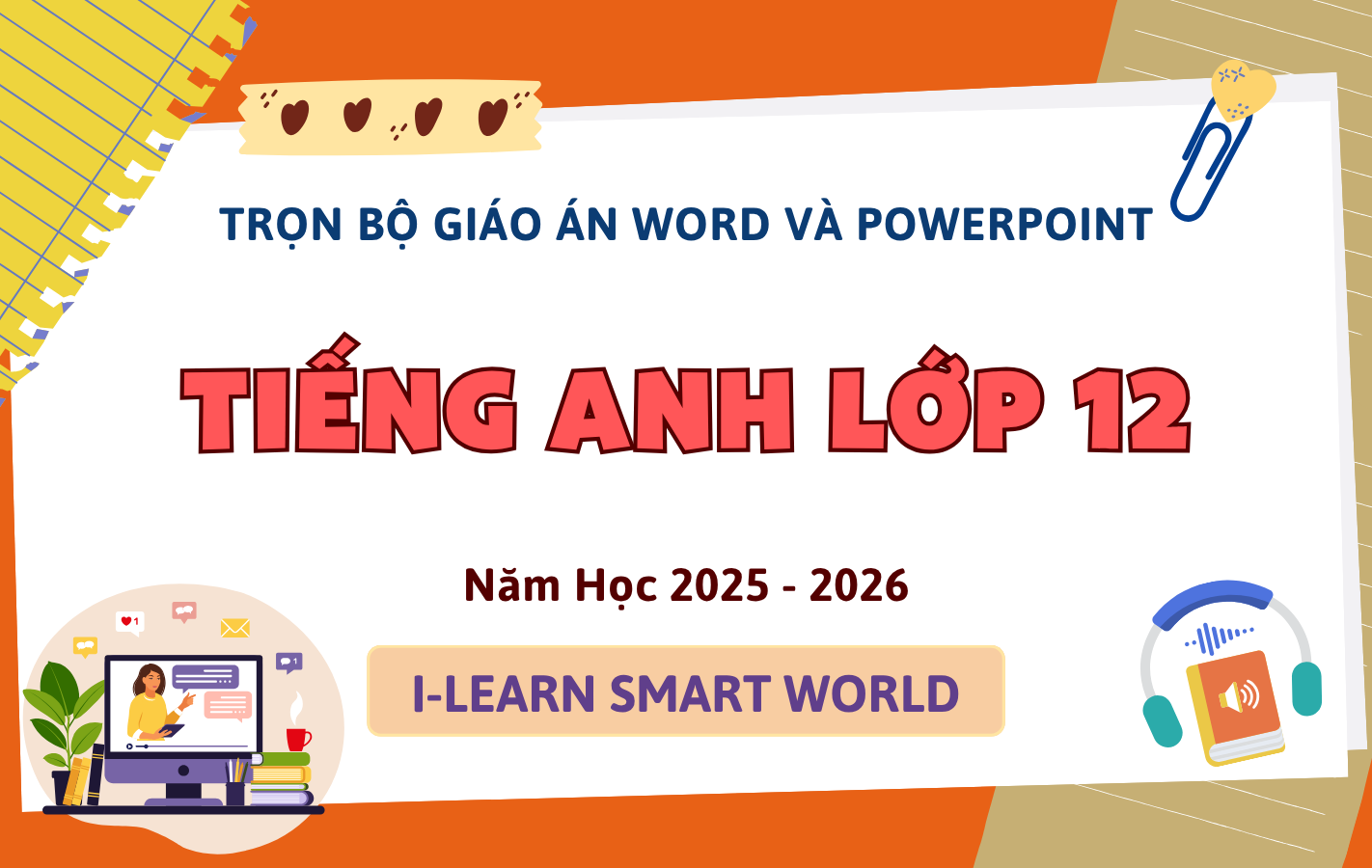
Trọn Bộ Giáo Án Word & PowerPoint Tiếng Anh 12 – I-Learn Smart World – Năm Học 2025-2026
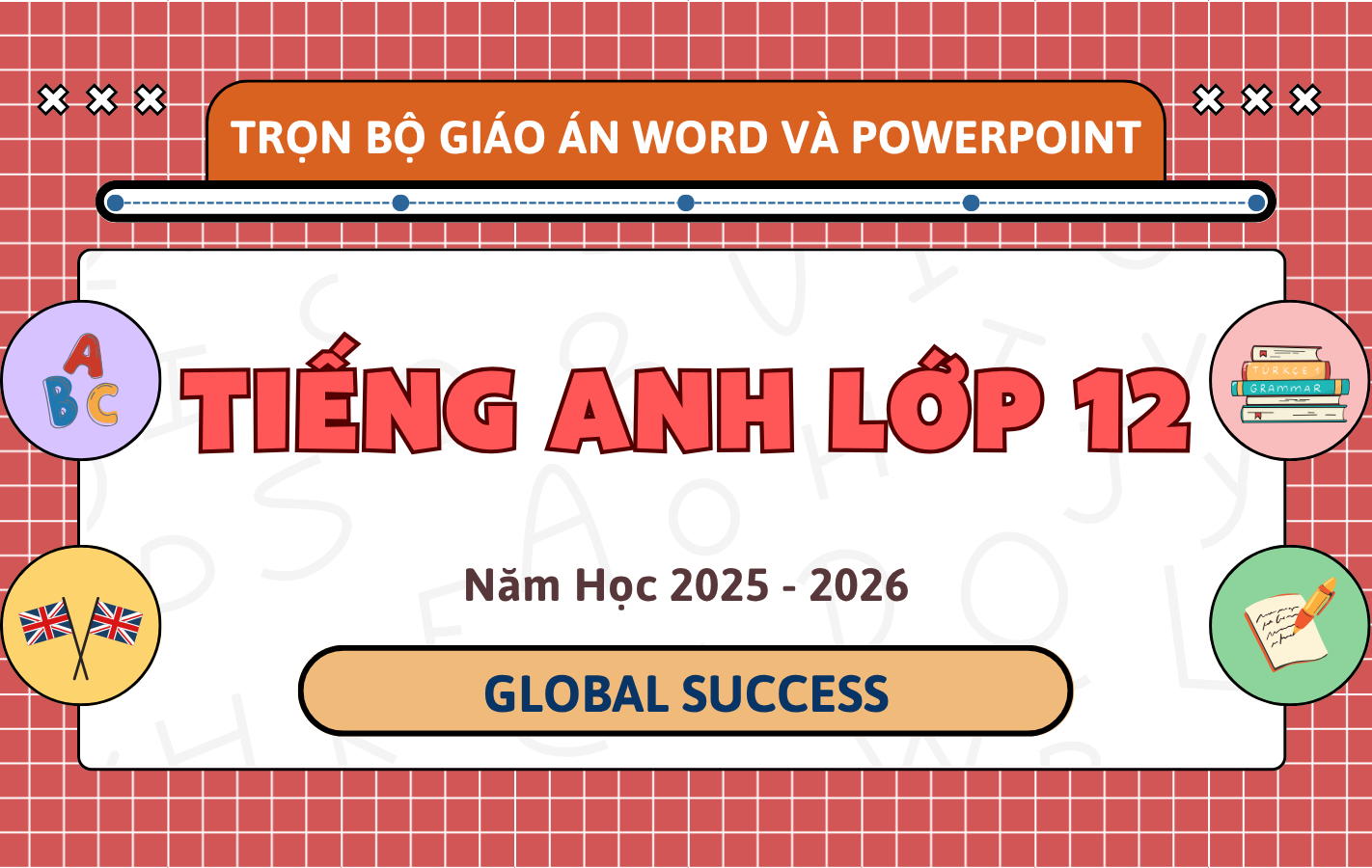
Trọn Bộ Giáo Án Word & PowerPoint Tiếng Anh 12 – Global Success – Năm Học 2025-2026
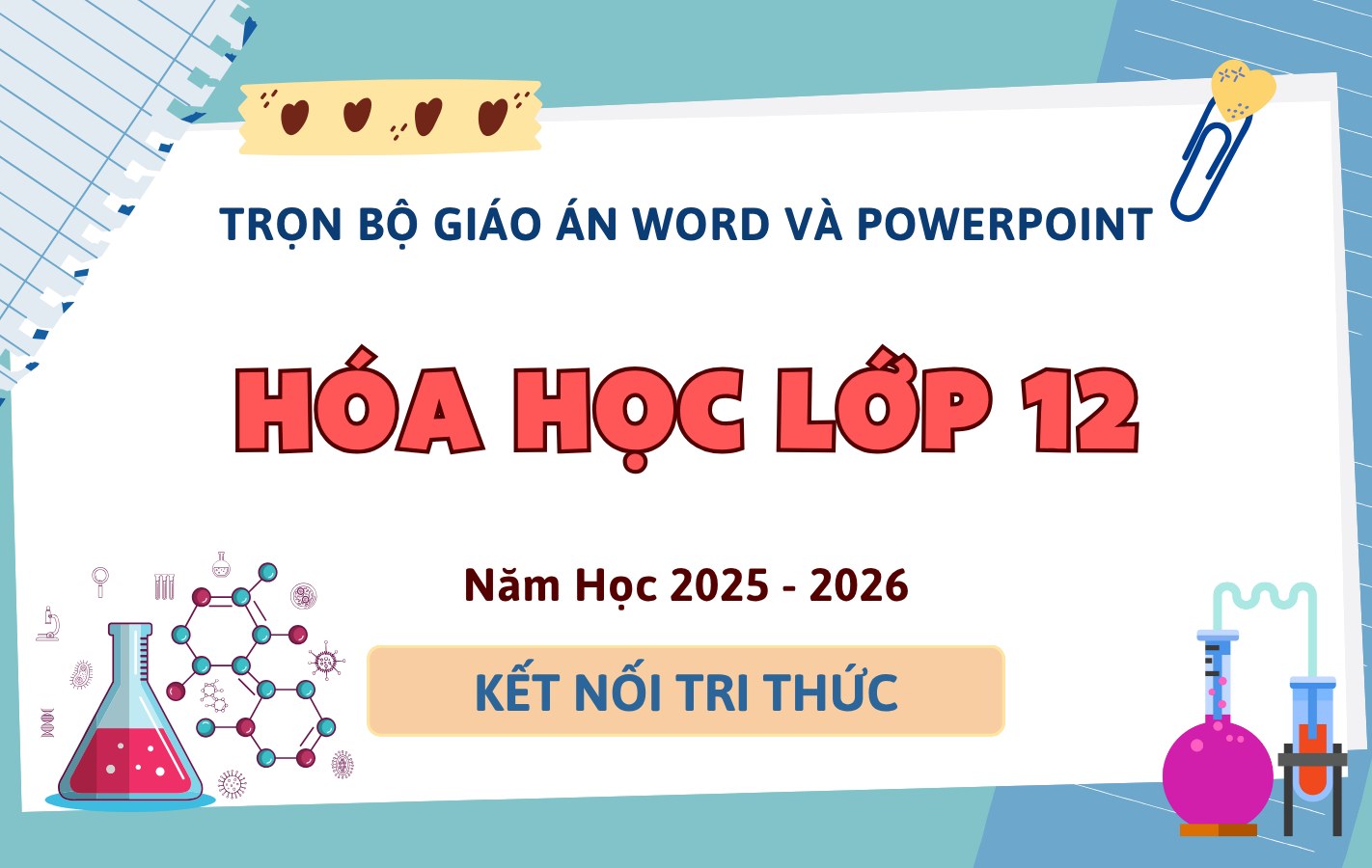
Trọn Bộ Giáo Án Word & PowerPoint Hóa Học 12 – Kết Nối Tri Thức – Năm Học 2025-2026
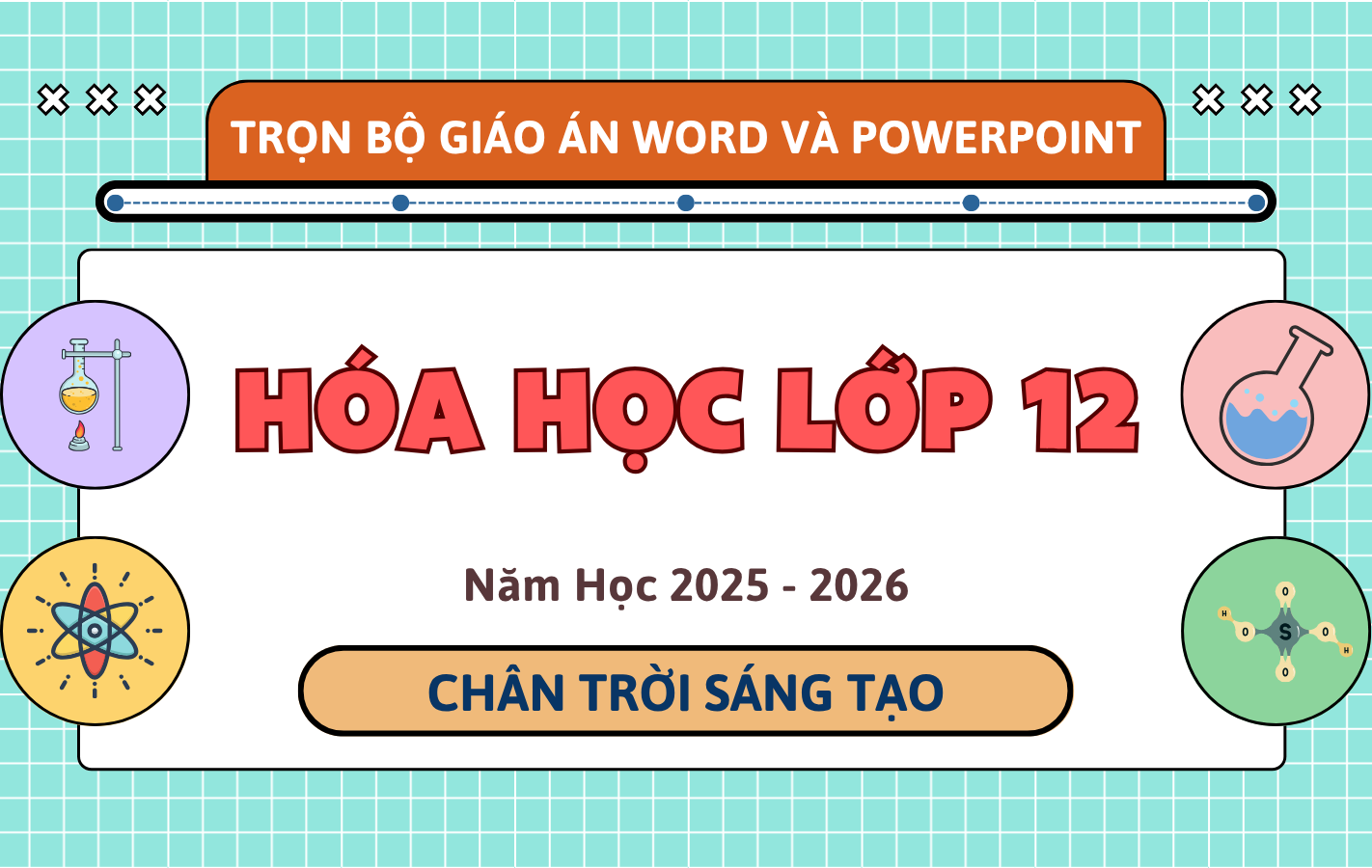
Trọn Bộ Giáo Án Word & PowerPoint Hóa Học 12 – Chân Trời Sáng Tạo – Năm Học 2025-2026
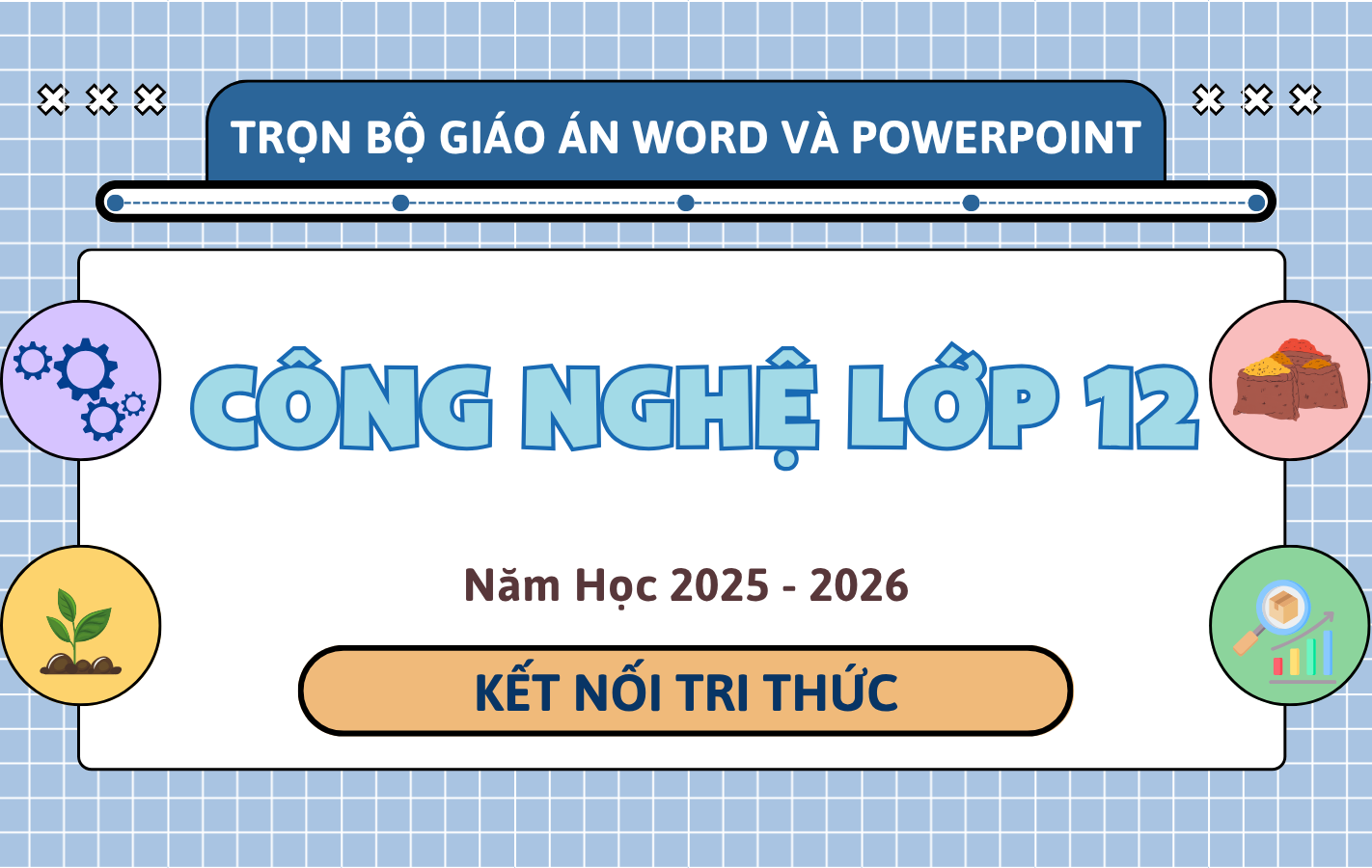
Trọn Bộ Giáo Án Word & PowerPoint Công Nghệ 12 – Kết Nối Tri Thức – Năm Học 2025-2026
